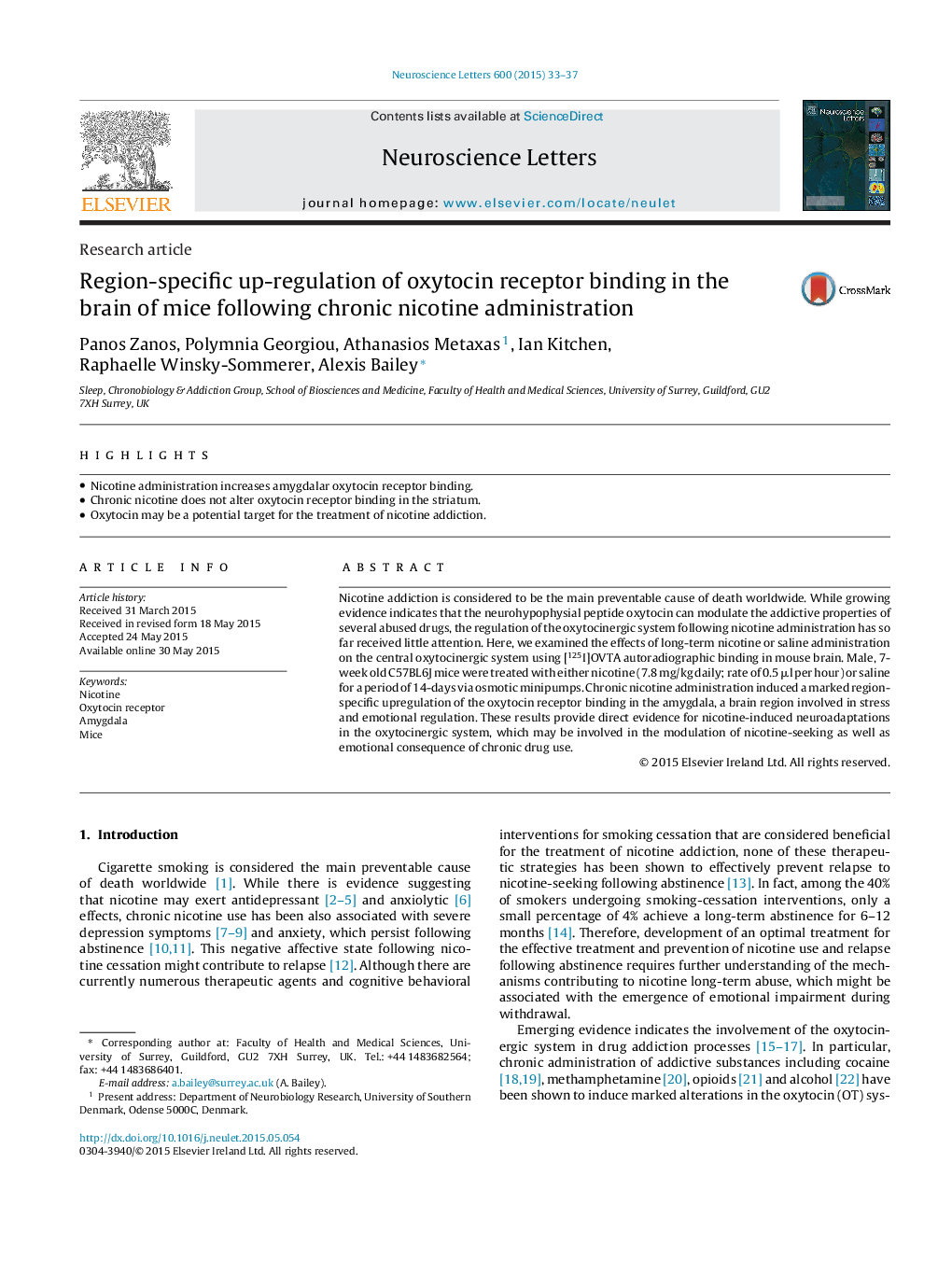| Article ID | Journal | Published Year | Pages | File Type |
|---|---|---|---|---|
| 965761 | Journal of Macroeconomics | 2015 | 5 Pages |
Abstract
We develop a model of firms' growth in which the tax and credit environments act as selection mechanisms. Such a model, parametrized and validated using a variety of data restrictions, can rationalize observations about input choices and size patterns typical of many developing countries. Using counterfactual experiments, we show that firms' optimal responses to the tax environment are effective in reducing efficiency losses. As a consequence, tax distortions only account for 13% of the gap in output per worker between an undistorted economy and the benchmark. Credit constraints account for 44% of this gap. However, the interaction between the cost of capital and credit constraints appears to be the most important source of misallocation and can explain up to 85% of the difference in output per worker between the benchmark and first-best.
Related Topics
Social Sciences and Humanities
Economics, Econometrics and Finance
Economics and Econometrics
Authors
Jonathan Goyette, Giovanni Gallipoli,
